🪶 World's longest vulture survey!!!
🌎 About to begin our journey across the American continent, we embark on a unique adventure: to carry out the longest vulture census in the world. It's not just about traveling thousands of kilometers from the north to the south of the continent, but about carrying with us a very clear mission:
🦅 raise awareness of the ecological role of birds using vultures as an example and, at the same time,
👉 generate a meeting point with people, communities and projects that care about biodiversity.
Why vultures?
Vultures are scavenger birds, but beyond their popular image—often negative or misunderstood—they play a crucial role essential role in ecosystems 1 such as:
♻️ by recycling organic matter
🦠 preventing the spread of diseases
🌱 helping to keep healthy environments
However, many vulture species in the Americas and around the world are threatened mainly because poisoning, habitat loss, collisions with human-made structures, and direct persecution 1, 2, 3.
Advantages of studying them
🔍 Vultures have a key advantage for large-scale studies: they are relatively easy to detect. They are large birds, often soar in circles using thermal currents, and perch in visible locations. Across the American continent, there are only seven vulture species 4, which makes identification easier even for less experienced observers.
👉 We want this journey to be an opportunity to show how fascinating these birds are, their diversity across the Americas, and how urgent it is to protect them.
How are we going to do it?
📲 Throughout the journey, we will record our vulture observations on eBird 5, a citizen science platform that allows users to store, share, and analyze bird data in real time. Each record will contribute valuable information on the distribution, abundance, and behavior of these species across the continent.
🤝 We will also be sharing stories, photos, interviews, and educational materials on our blog and social media. It will be a mix of science, conservation, travel, and communication, with the goal of generating interest among both the general public and the scientific community.
Which species do we expect to find?
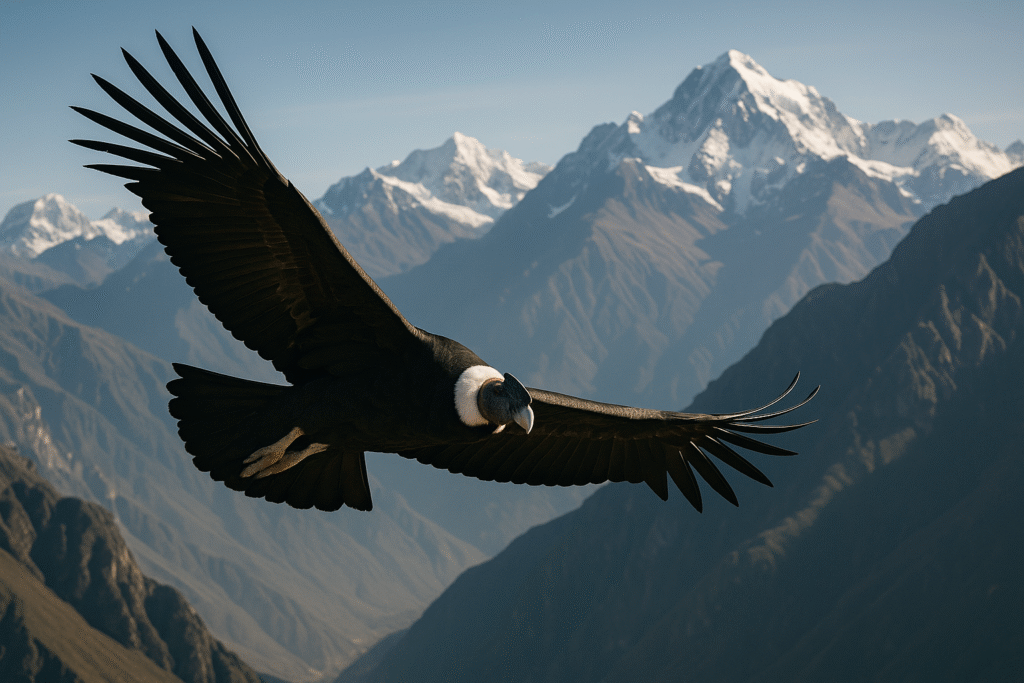
Andean Condor (Vultur gryphus)
California Condor (Gymnogyps californianus)
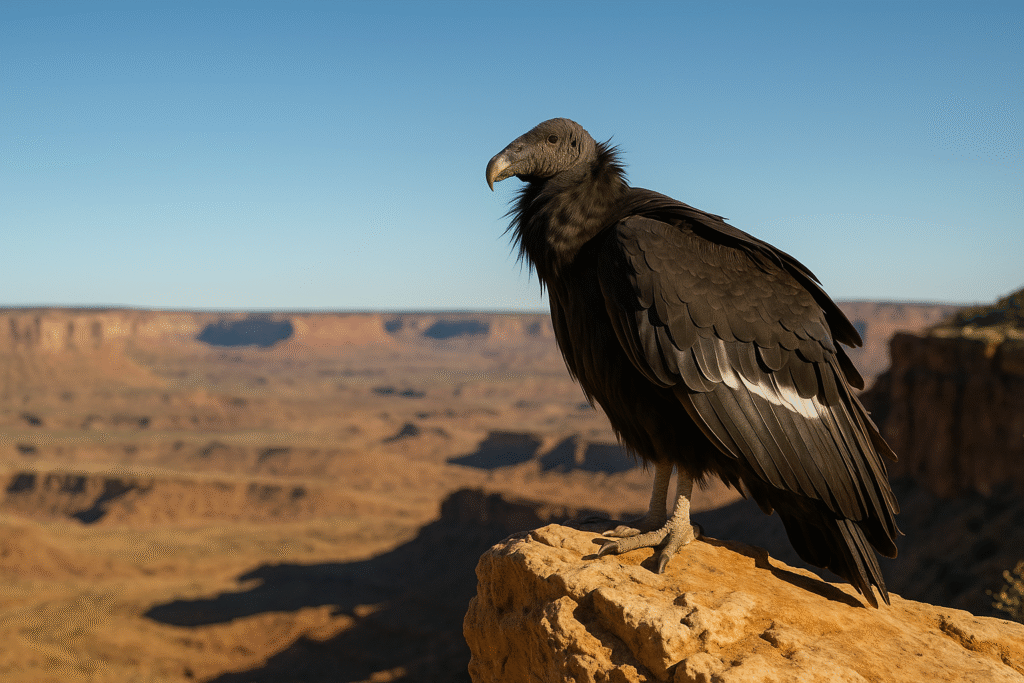
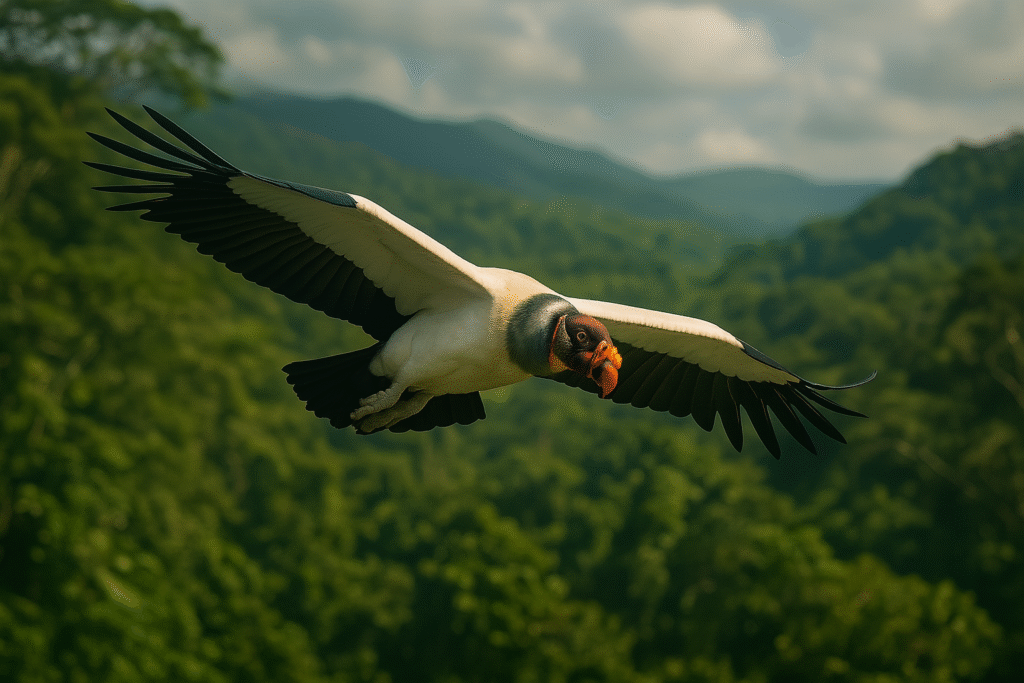
King Vulture (Sarcoramphus papa)
Turkey Vulture (Cathartes aura)
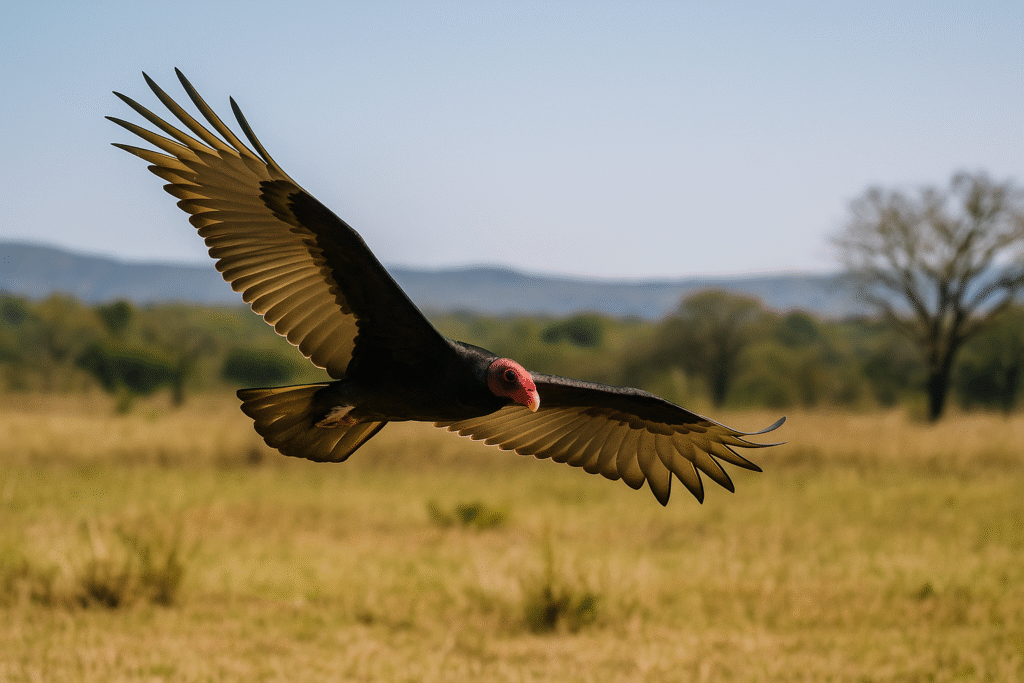
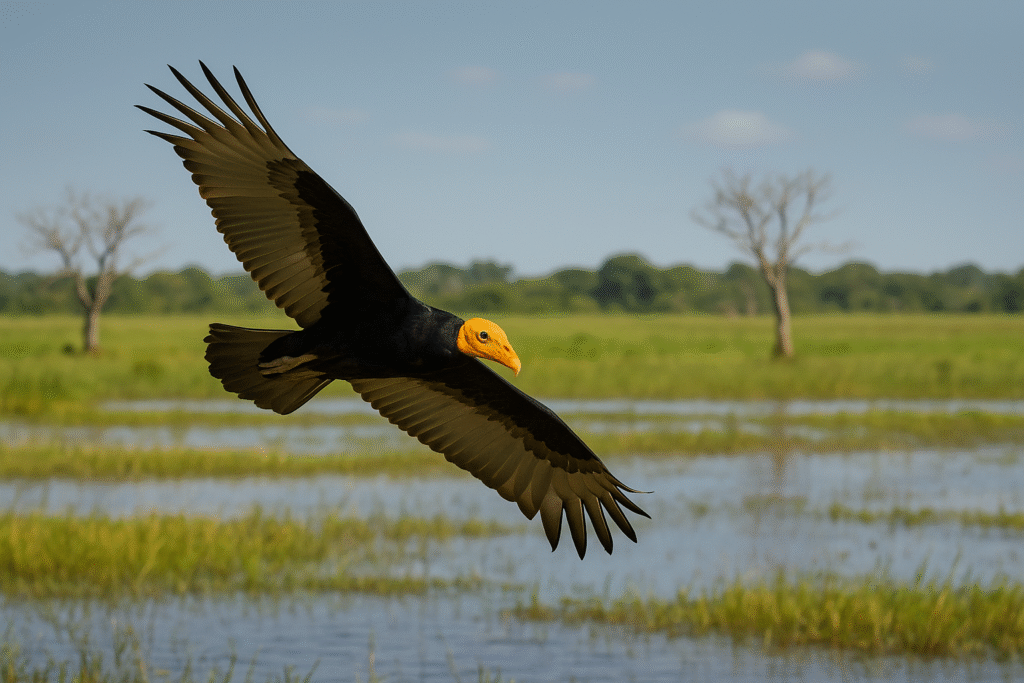
Lesser Yellow-headed Vulture (Cathartes burrovianus)
Greater Yellow-headed Vulture (Cathartes melambrotus)
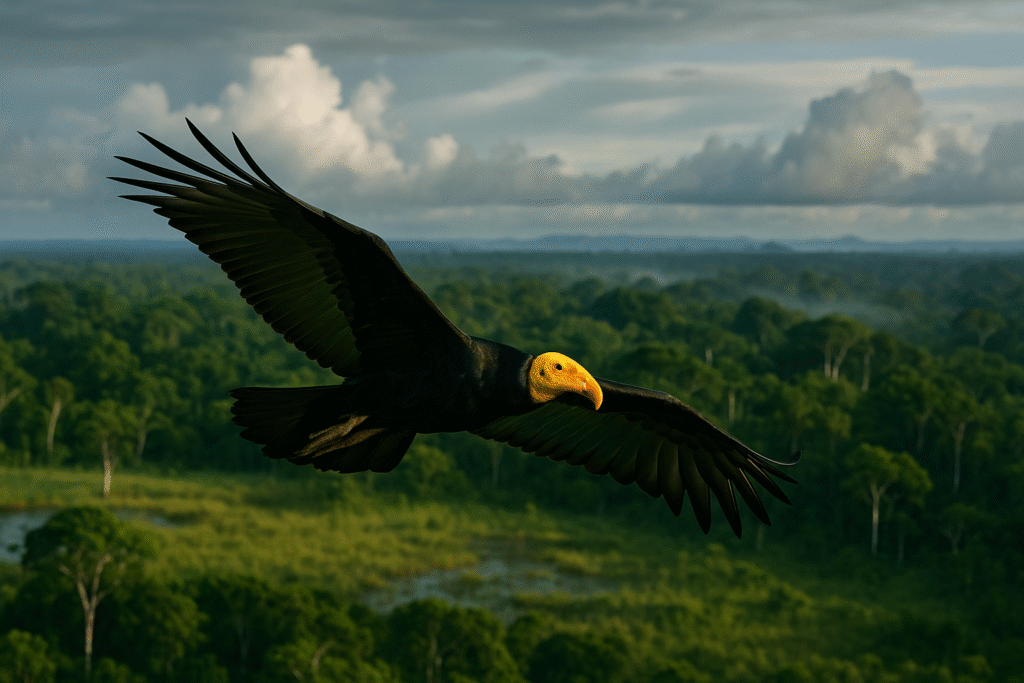
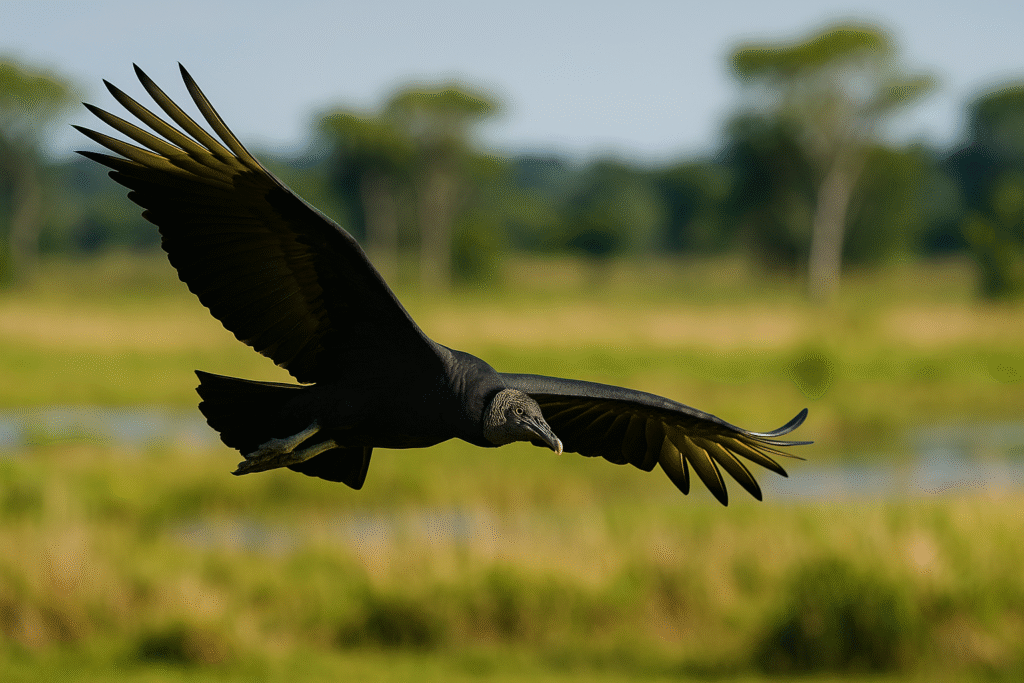
Black Vulture (Coragyps atratus)
1 McClure CJW, et al. (editores). 2025. State of the World’s Raptors. The Peregrine Fund, Boise, Idaho, USA.
2 Winkler DW, Billerman SM & Lovette IJ. 2020. Buitres del Nuevo Mundo (Cathartidae), version 1.0. En Birds of the World (Billerman SM, et al. editores). Cornell Lab of Ornithology, Ithaca, NY, USA. https://doi.org/10.2173/bow.cathar2.01
3 EDGE of Existence. 2025. EDGE of Existence. Zoological Society of London. https://www.edgeofexistence.org/download-edge-lists
4 IUCN. 2025. The IUCN Red List of Threatened Species. Version 2025-1. https://www.iucnredlist.org
5 Sullivan BL, et al. 2009. eBird: a citizen-based bird observation network in the biological sciences. Biological Conservation, 142:2282-2292.
